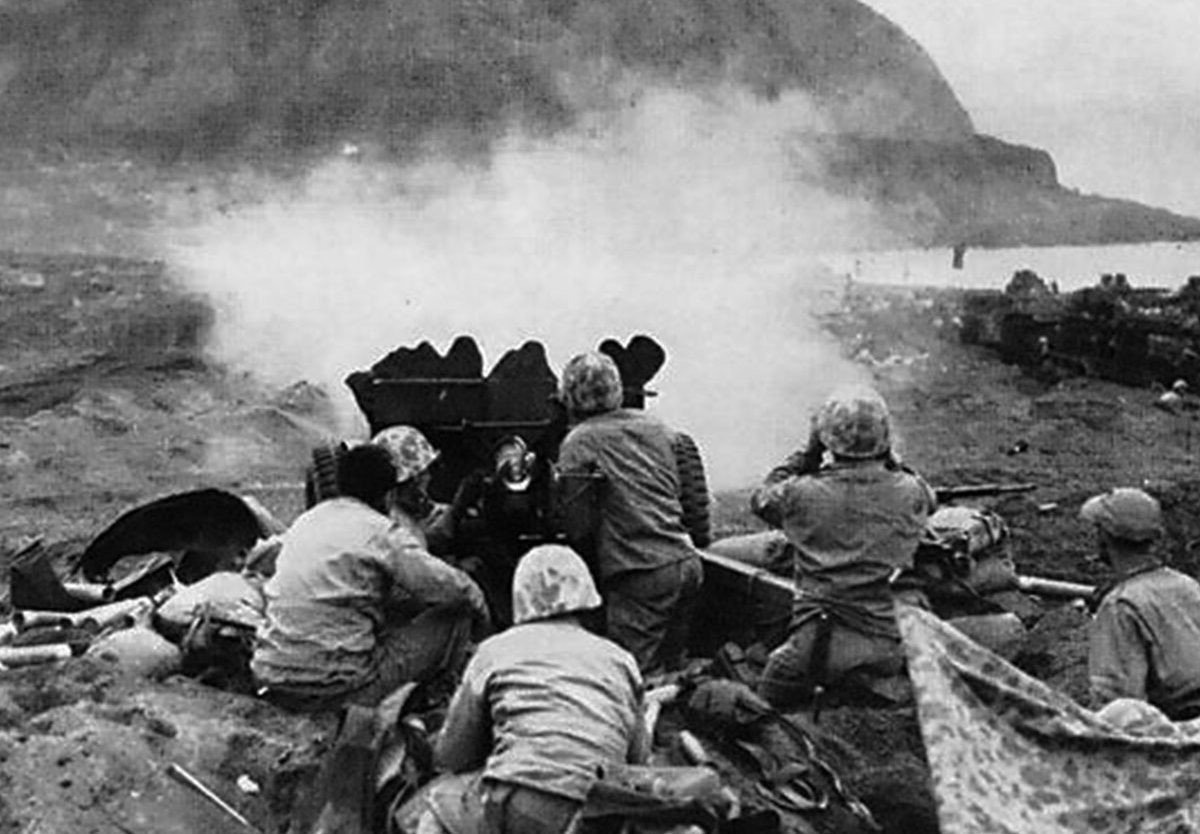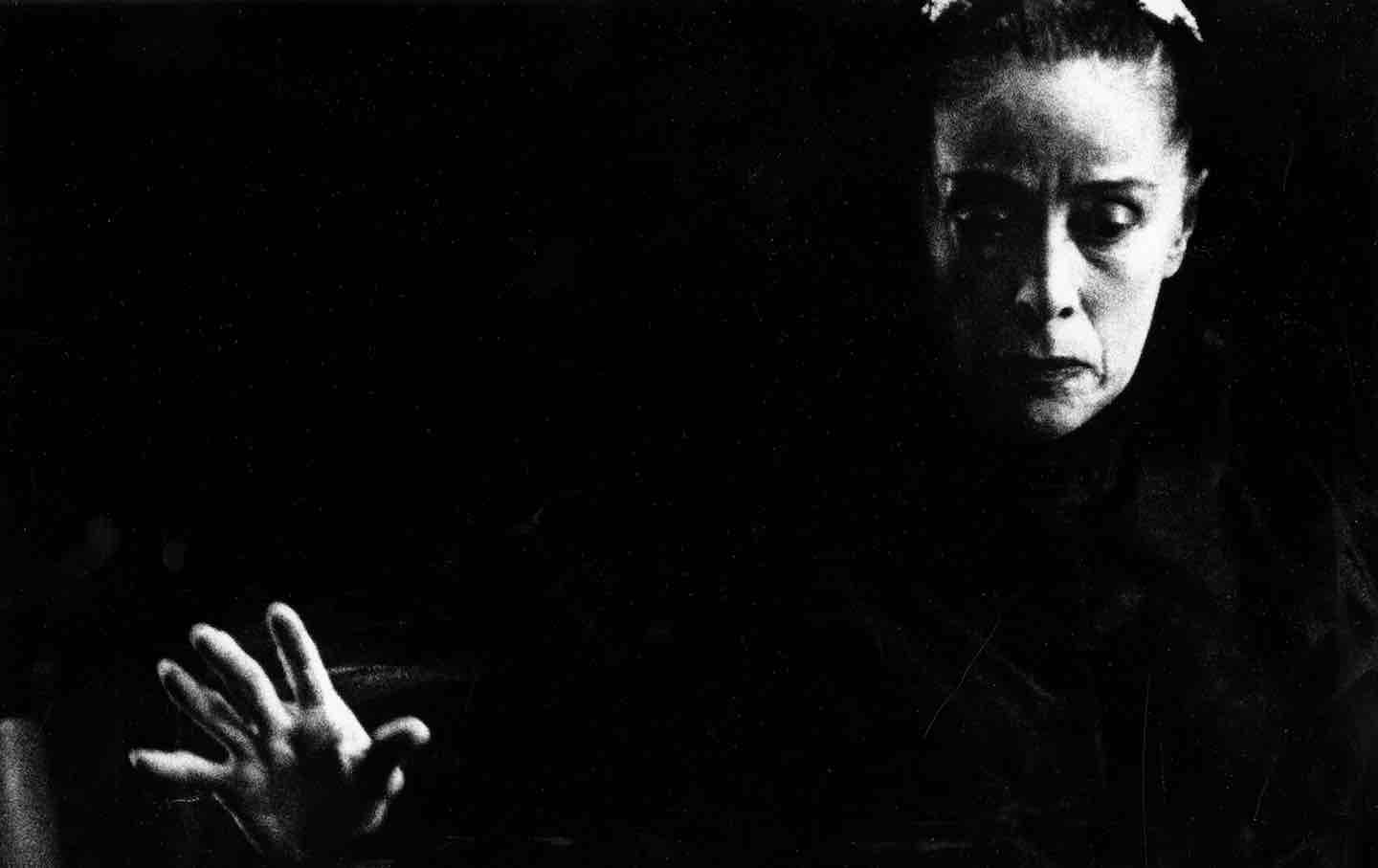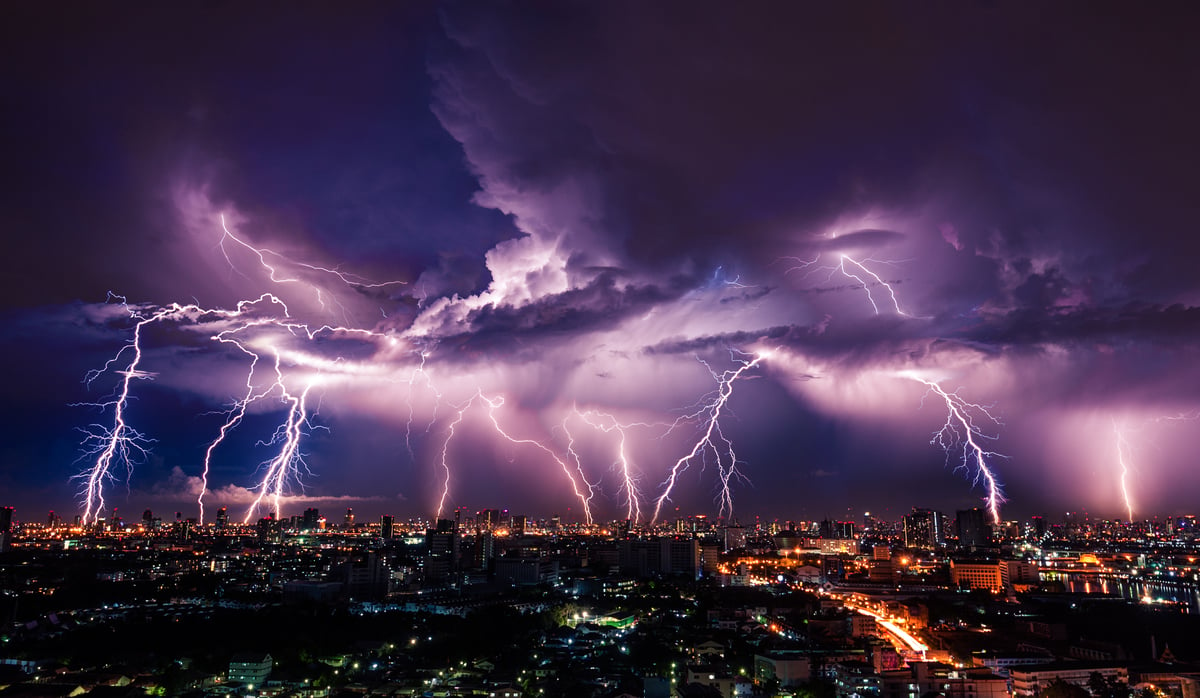
Ever wondered about the gritty details behind one of World War II's most pivotal battles? The Battle of Iwo Jima stands out not just in history books but also in the hearts of those who value freedom and bravery. This clash between American and Japanese forces marked a turning point in the Pacific Theater, showcasing heroism, strategy, and sacrifice. With 17 fascinating facts lined up, you're about to get a closer look at what made this battle so unforgettable. From the iconic flag-raising image to the lesser-known stories of courage and perseverance, each fact offers a unique glimpse into the resilience of the human spirit. Ready to dive into history's depths and uncover the truths behind The Battle of Iwo Jima? Let's get started, and trust me, you won't look at this historical event the same way again!
Key Takeaways:
- The Battle of Iwo Jima was a fierce 36-day conflict in World War II, where American forces fought to capture a strategic island close to Japan, leading to a turning point in the Pacific War.
- The iconic image of Marines raising the American flag on Mount Suribachi symbolizes the bravery and sacrifice of those who fought in the Battle of Iwo Jima, leaving a lasting impact on American military history.
Understanding The Battle Of Iwo Jima
The Battle of Iwo Jima stands as one of the most significant and fiercely contested battles in the Pacific Theater during World War II. This conflict was not just a military engagement but a symbol of American determination and the relentless spirit of its armed forces.
-
Iwo Jima, a small volcanic island located about 650 miles south of Tokyo, Japan, became the battleground for one of World War II's most iconic confrontations between American and Japanese forces in February 1945.
-
The primary objective for capturing Iwo Jima was to provide the United States with a base close to the Japanese mainland, from which bombers could launch attacks and safely land.
The Strategic Importance of Iwo Jima
-
Before the battle, Iwo Jima served as an early warning station for Japan, allowing them to detect American bombers and launch counterattacks. Its capture was crucial for the United States to secure air superiority in the region.
-
The island housed two airfields, with plans for a third, making it a valuable asset for the Allies to control.
The Fierce Battle
-
The battle lasted for 36 days, marking it as one of the longest and bloodiest engagements in the Pacific campaign.
-
American forces, consisting of Marines, encountered fierce resistance from the deeply entrenched Japanese army, which had prepared extensive fortifications, including underground tunnels and bunkers.
-
Photographs from the battle, especially the iconic image of Marines raising the American flag on Mount Suribachi, became symbols of American perseverance and courage.
Casualties and Sacrifices
-
The battle resulted in significant casualties on both sides. The United States suffered over 26,000 casualties, with nearly 7,000 servicemen killed.
-
Japanese forces experienced even higher losses, with an estimated 18,000 soldiers killed, and only a few hundred were taken prisoner.
The Aftermath and Legacy
-
The capture of Iwo Jima proved to be a strategic victory for the United States, providing a base for fighter escorts and emergency landing strips for bombers.
-
This victory also marked a turning point in the Pacific War, setting the stage for the eventual invasion of Okinawa and the subsequent end of World War II.
-
The battle is remembered for its demonstration of the Marine Corps' valor and the extreme conditions under which the combatants fought.
The Medal of Honor Recipients
- A testament to the bravery displayed during the battle, 27 Medals of Honor were awarded to Marines and sailors, many posthumously, the highest number for any single battle in U.S. history.
The Cultural Impact
-
The image of the flag-raising on Mount Suribachi became one of the most iconic photographs of the 20th century, symbolizing hope and the fierce determination of the American forces.
-
The battle has been depicted in various films, books, and documentaries, highlighting its significance in American military history.
Iwo Jima Today
-
Today, Iwo Jima, now officially known as Ioto, serves as a memorial site and a place for reconciliation between former adversaries.
-
Joint memorial services are held by Japanese and American veterans, symbolizing peace and the enduring legacy of the sacrifices made by those who fought in the battle.
A Final Glance at Iwo Jima's Legacy
Reflecting on the Battle of Iwo Jima, it's clear this was more than just a military engagement. It was a pivotal moment that showcased courage, sacrifice, and the indomitable spirit of those involved. Heroes were made, legends were born, and history was written in the sands and caves of that volcanic island. This battle not only played a crucial role in the Pacific Theater but also left a lasting imprint on military strategy and international relations. The iconic flag-raising image remains a powerful symbol of hope and bravery. As we remember Iwo Jima, let's honor the memory of all who fought with valor, acknowledging their contribution to shaping our world today. Their legacy, etched in history, continues to inspire future generations about the costs of freedom and the valor required to defend it.
Frequently Asked Questions
Was this page helpful?
Our commitment to delivering trustworthy and engaging content is at the heart of what we do. Each fact on our site is contributed by real users like you, bringing a wealth of diverse insights and information. To ensure the highest standards of accuracy and reliability, our dedicated editors meticulously review each submission. This process guarantees that the facts we share are not only fascinating but also credible. Trust in our commitment to quality and authenticity as you explore and learn with us.


